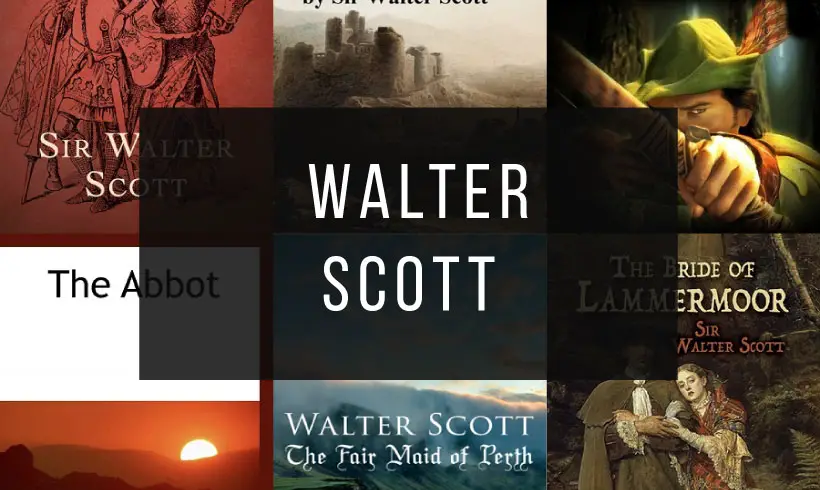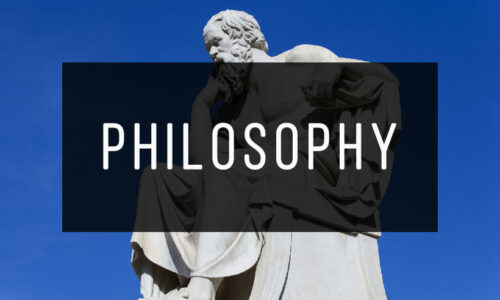Step into the world of adventure and romance with our free collection of Walter Scott books in PDF format.
Walter Scott, the master of historical fiction, is renowned for his vivid storytelling and rich depictions of history, chivalry, and heroism. His works transport readers to bygone eras filled with intrigue and unforgettable characters.
From the iconic Ivanhoe to the gripping Rob Roy and The Lady of the Lake, Walter Scott’s novels and poetry capture the essence of medieval and Scottish history with unmatched detail and drama.
Perfect for fans of classic literature and historical adventures, this collection invites you to experience the brilliance of a writer who defined a genre and inspired generations of storytellers.
Download these Walter Scott books in PDF now and immerse yourself in the timeless tales of one of literature’s greatest historical novelists.
1) Ivanhoe
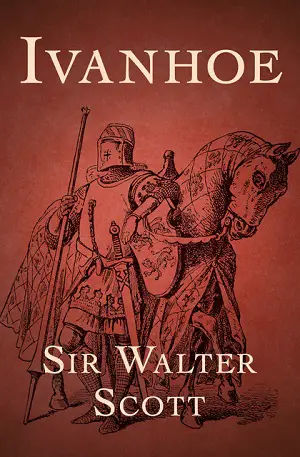
Ivanhoe is a historical novel that deals with one of the first and most acclaimed works of the genre. Written in 1820 and set in medieval England, more specifically in the twelfth century, the protagonist of the action is Wilfred of Ivanhoe, a young and brave knight.
Ivanhoe is the story of one of the noble Saxon families at a time when the nobility in England was overwhelmingly Norman. The novel follows the Saxon protagonist, Sir Wilfred of Ivanhoe, who has fallen out of favor with his father for his loyalty to the Norman king Richard the Lionheart.
The story is set in 1194, after the failed Third Crusade, when many of the Crusaders were still returning to their homes in Europe. King Richard, who had been captured by Leopold of Austria on his return journey to England, is believed to be still in captivity.
2) Redgauntlet
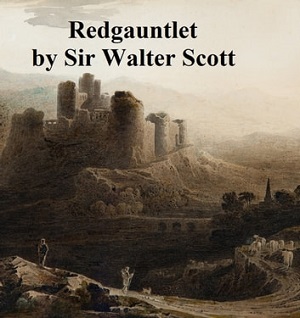
Redgauntlet is a historical novel first published in 1824 and set mainly in Dumfriesshire (Scotland) in the year 1765. The fictional plot describes a conspiracy to start a third Jacobite rebellion.
Young Darsie Latimer is kidnapped by Hugh Redgauntlet and taken to Dumfriesshire. After several events Darsie discovers that Redgauntlet is his uncle and goes with him to Cumberland, meeting there several prominent Jacobites in addition to Prince Charles Edward Stuart. The crux of the matter is that Redgauntlet has summoned them all to start a new Jacobite rebellion, and wants Darsie to join them.
However, Redgauntlet's companions are not as committed as he is, and they also suspect that the Prince's mistress is a spy, which leads to arguments. In addition, General Campbell arrives to announce that the government knows they are hatching a conspiracy.
3) Robin Hood
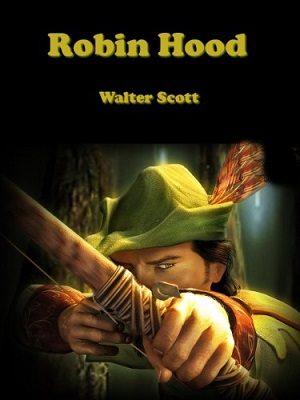
Robin Hood is an archetypal hero and outlaw of medieval English folklore. Inspired by Ghino di Tacco (Italian historical thief whose fame led him to be mentioned in the Divine Comedy and the Decameron), his character is a man named Robin Longstride or Robin of Locksley (or Loxley), who would have a big heart and live outside the law, hiding in the woods of Sherwood and Barnsdale, near the city of Nottingham.
Best archer, defender of the poor and oppressed, according to legend he fought against the Sheriff of Nottingham and Prince John Lackland, who used public force to illegitimately hoard the wealth of the nobles who opposed them. In medieval England, any individual who opposed the royal edicts was considered an outlaw.
4) Lady of the Lake
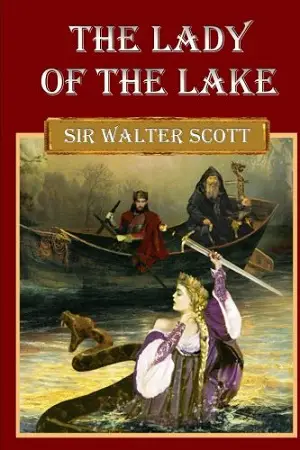
It is a narrative poem composed of six cantos. It has three main plots: the feud between three men for the love of Ellen Douglas; the feud and reconciliation of King James V of Scotland and James Douglas; and the war between the Lowland Scots and the Highland clans.
In Canto I, James Fitz-James meets Ellen Douglas, who rescues him and takes him to a cottage that he suspects is the hideout of a Highland chieftain. In Canto II Roderick Dhu asks James Douglas (who turns out to be Fitz-James' exiled enemy) for Ellen's hand in marriage, to conclude an alliance between Douglas and the Clan Alpine.
In Canto III Roderick decides to start the rebellion against King James so the clan members respond to the summons of their chief.... If you want to know how this poem culminates, don't think twice and immerse yourself in the story of the Lady of the Lake.
5) The Abbot

The Abbot is a historical novel first published in 1820, sequel to The Monastery (ten years have passed since the final events of the latter). It is set between 1567 and 1568. Its plot revolves around the imprisonment of Queen Mary I of Scotland, her escape from Lochleven Castle in 1567, which in turn leads to her defeat at the Battle of Langside and her final departure from the country.
In parallel, the romance between Roland Graeme, Queen Mary's page, and Catherine Seyton, one of the queen's ladies-in-waiting, develops. It is later discovered that Roland is the heir to Avenel.
After several events and a desperate battle, Mary sets sail for England, with no hope of further help. Roland, meanwhile, succeeds in obtaining proof of his right as heir to Avenel and marries Catherine.
6) The Bride of Lammermoor
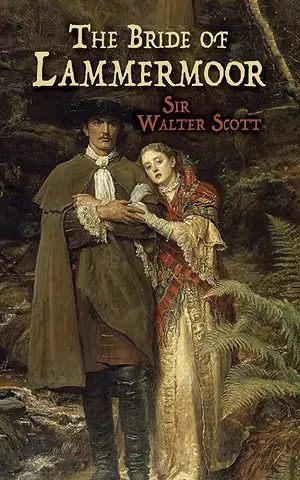
The plot of The Bride of Lammermoor relates the misadventures of an ill-fated love between Lucy Ashton and the enemy of his family, the Master of Ravenswood. Master of Ravenswood and Lucy Ashton fall in love but she is the daughter of the Lord Keeper, Ravenswood's enemy and indirect murderer of his father whose death he swears to avenge.
The Lord Keeper knows the murderous intentions of the Master, and trying to get rid of his rancor propitiates a relationship between him and his daughter, who are promised in marriage despite the opposition of Lady Ashton, Lucy’s mother. But when Lady Ashton returns, she does so with a purpose: to expel the Master from his castle and marry her daughter to an enemy of the Baron, Bucklaw.
7) The Chase
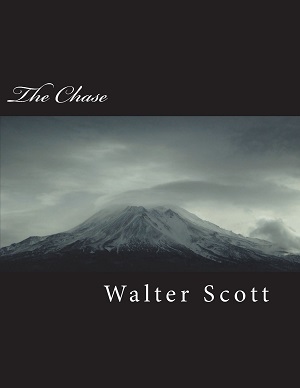
The Chase is a ballad that tells the story of Earl Walter, who is an avid addict to the pleasures of the hunt. The nobleman finds himself hunting on "God's own hallow'd day", an act he is repeatedly warned against.
One day, two supernatural figures, one almost angelic and the other demonic, come to test him: one tries to persuade him to give up hunting and the other to continue despite the protests he receives. The plot also addresses the issue of elite society's mistreatment of the poor, as Walter often cruelly uses and mistreats those who are beneath him socially.
Although the angelic figure continually pleads with him to stop, Walter ignores the warning, for which he is punished. He is condemned to an eternity of persecution by the hounds of hell and the dark rider who encouraged him to his fate.
8) The Fair Maid of Perth
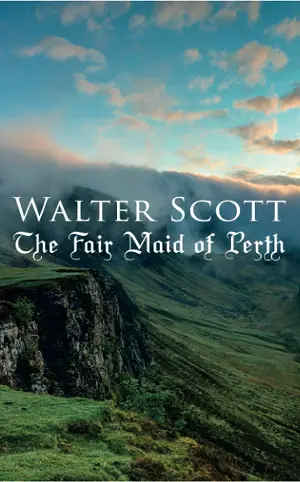
The Fair Maid of Perth is a novel published in 1828 inspired by the story of the Battle of North Inch. It is set in Perth and elsewhere in Scotland around the year 1400. The maid of the title is Catharine Glover, who kisses in his sleep the gunsmith Henry Gow, who was spending the night with the young woman and her father.
Gow interrupts an attempted kidnapping when he discovers that a group of courtiers were placing a ladder against the maiden's window, which subsequently leads him to become involved in the Highland feud.
On the other hand, a meeting determines that the hostile Chattan and Quhele clans must settle their dispute by combat between an equal number of their men in the royal presence.
9) The Highland Widow
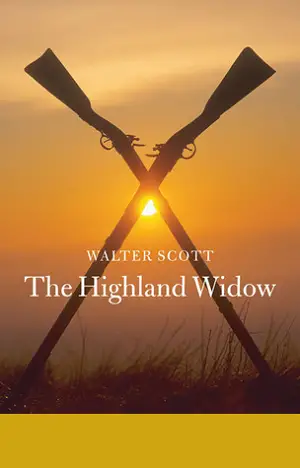
The story of The Highland Widow takes place during the Seven Years' War (1756-63). The widow referred to in the title is Elspat MacTavish, who was the wife of MacTavish Mhor, one of the last caterans (marauders) of the Highlands.
Elspat hopes that her son, Hamish Bean MacTavish, will regain his father's way of life. However, Hamish enlists in a government regiment bound for America. While on leave, the young man visits his mother, who drugs him by putting him to sleep, with the intention that he will escape with her and lead his late father's life.
Subsequently, an officer is sent to arrest Elspat, whereupon she incites her son to kill him. The result is that Hamish is tried and executed, causing the widow to spend the rest of her life in mourning and remorse.
10) The Quentin Durward
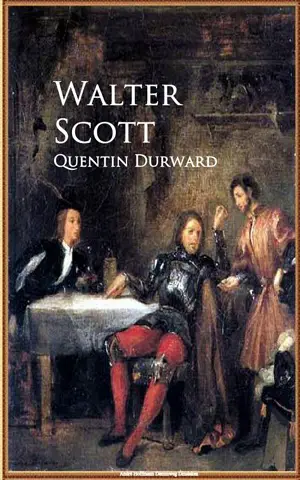
The Quentin Durward is a historical novel of 1823. The story is set in the year 1468 and revolves around the rivalry between Louis XI of France and Charles the Bold, Duke of Burgundy. In addition, Quentin Durward, an archer in Louis' service, plays a prominent role in the narrative.
Louis incites the citizens of Liège to revolt against Charles and they assassinate Louis de Bourbon, bishop of Liège, under the command of William de la Marck, an ally of Louis. In a secondary plot, Louis sends to Flanders the Burgundian heiress Isabelle de Croye with the pretext of putting her under the protection of the bishop of Liège, when in fact he has decided to give her in marriage to William de la Marck.
Isabelle is guarded on her journey by the Scottish archer Quentin Durward, who avoids betrayal and winning the love of the Burgundian heiress.
11) The Talisman
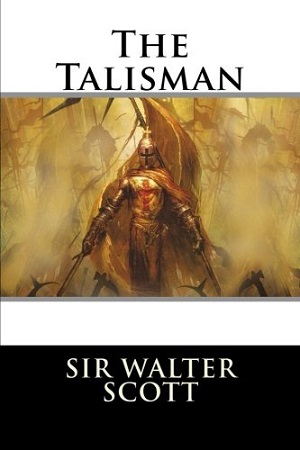
The Talisman is a novel published in 1825 as the second of his Tales of the Crusaders, the first being The Betrothed.
The Talisman takes place at the end of the Third Crusade, mainly in the crusaders' camp in Palestine. Intrigues and partisan politics, as well as the illness of King Richard the Lionheart, endanger the Crusade.
The main characters are the Scottish knight Kenneth, a fictionalized version of David of Scotland, Earl of Huntingdon, who returned from the Third Crusade in 1190; Richard the Lionheart; Saladin; and Edith Plantagenet, Richard's relative.
Other notable characters include the real-life historical figure of Sir Robert de Sablé, The One To Ever Serve As The Eleventh One To Be Known As The Grandmaster of the Order of the Knights Templar/The Grandmaster of the Templar Order, as well as Conrad Aleramici da Montferrat/Conrad Aleramici di Montferrat/Conrad Aleramici de Montferrat.
12) The Two Drovers
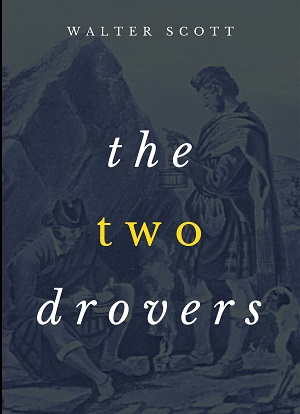
The Two Drovers is a short story published in 1827 in Chronicles of the Canongate. The story is set in the late 18th century and features Chrystal Croftangry as the narrator. The plot revolves around a dispute between two cattle drovers, Robin Oig M'Combich and Harry Wakefield, due to a misunderstanding over the herding of their cattle.
This leads Harry (a Yorkshireman) to challenge Robin (a Highlander) to a fight in the English manner, to which the latter refuses, insisting that he will fight with a sword as is done in the Highlands. Harry throws him to the ground and subsequently Robin leaves the place where they were to go in search of his Highlander dagger.
When he returns, he kills Harry with one blow, surrenders himself to justice and goes to his execution, happy to give his life to take his friend's. Which brings to light the concept of honor in the Highlands.


